Do you want to know the craftsmanship of crocodile leather? Why is HERMES' crocodile skin so fascinating? Take you into the world of crocodile leather
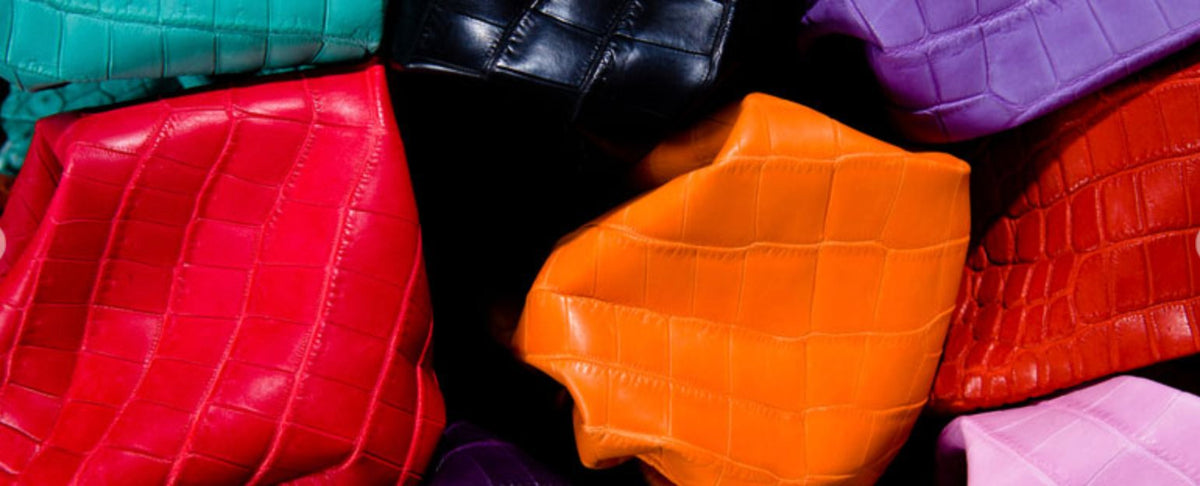
Do you want to know what craftsmanship goes into crocodile leather? Why is HERMES crocodile leather so fascinating? Take you into the world of crocodile leather
All FOBO crocodile leather and rare animal leather comply with international endangered animal regulations and are legally imported under the CITES Convention.
Introduction to crocodile leather tanning technology:
Introduction to crocodile leather tanning technology: agate stone polishing technology, matte technology, waxed leather technology, Napa technology, Himalayan technology, blue dyeing technology, chrome-free tanning technology, frosting technology, film technology, multiple dyeing technology, etc. .
Onyx stone polishing process: one of the typical crocodile finishing methods, giving the leather surface a smooth, elegant and gem-like luster. After dyeing, the surface of the crocodile leather is coated with a protein-based polish such as casein in a clean room, and strong friction is applied using an agate stone to create a mirror-like luster.
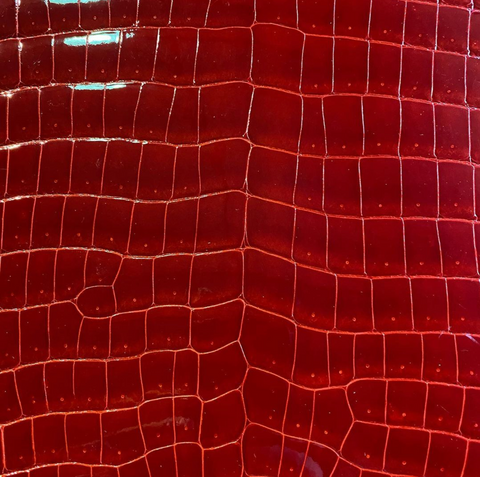
Matte process: It was developed through improved farming techniques and tanning techniques. When dyeing, the leather is oiled to give it softness and moderate tension, and when finishing, the leather surface is polished with a felt polisher to give it a soft luster. Because it has a soft and low-gloss finish, it can be used in a wide range of styles from dressy to casual. In addition, the surface treatment allows you to enjoy the feeling of use (which changes over time), such as increasing the depth of the color and gradually increasing the gloss.
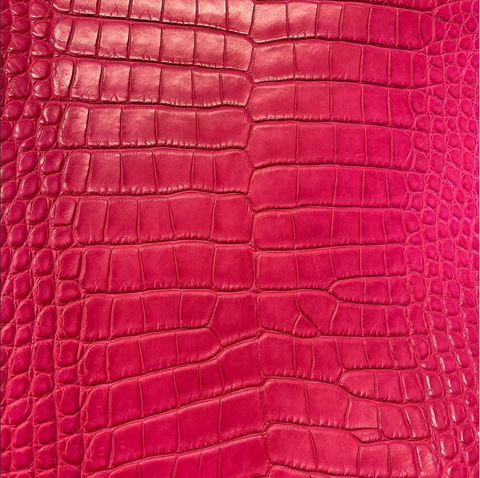
Waxed Leather Process: After dyeing in a drum, wax is beaten into the leather to cover the surface. Like a matte finish, felt polish provides a moderate shine. Over time, crocodile leather will look wild and casual, becoming even more attractive.
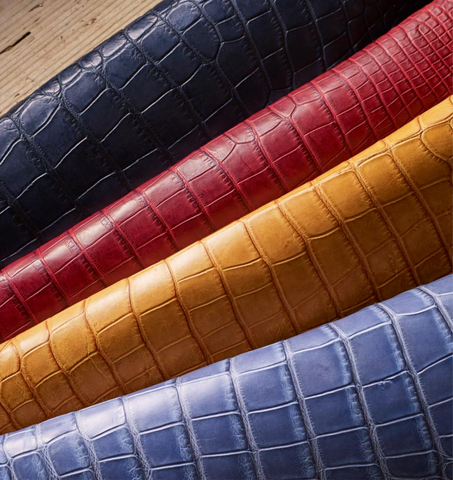
Nappa Craftsmanship: A soft finish developed specifically for garments and gloves. A large amount of softener is added when tanning crocodile leather, but as the amount increases, the weight increases proportionally. FOBO pursues the tanning process to express a light and silky touch "fluffiness that makes you want to touch" and completes it with the ultimate Nappa finish.
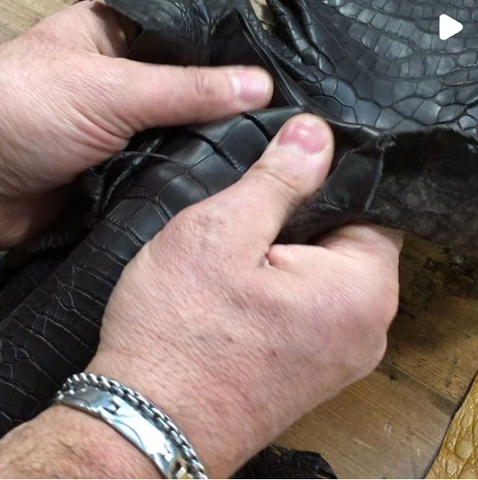
Himalayan Craftsmanship: This is a relatively new technology that has a beautiful finish that resembles the snow-capped Himalayan mountain scenery. Typically, chrome tanning agent is used when tanning alligator, but it is not suitable for expressing pure white color because it is a bluish chemical. In the Himalayan finish, no chrome tanning agents are used for tanning, but instead the original natural pattern of the crocodile is utilized. Since finishing begins without dyeing, the raw leather to be used must be carefully selected, checking not only the quality but also the density and balanced symmetry of the grain pattern.
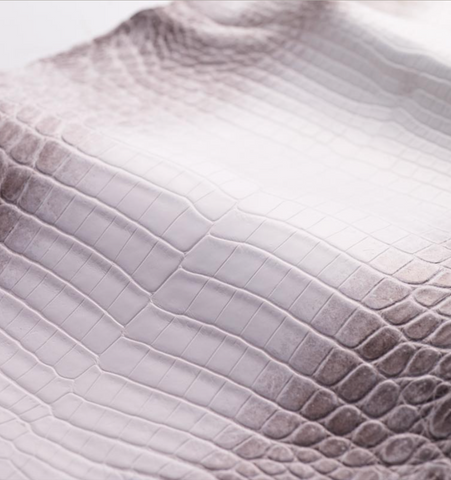
Indigo dyeing process: Indigo dyeing is an ancient dyeing method that uses a kind of indigo plant, also called indigo flower . Typically, leather is dyed in batches on a drum with acid dyes. Indigo dyeing, on the other hand, is done by hand using natural indigo dye. Indigo dye changes color when it comes into contact with air, not in a single dyeing, but in the depth of the color as it is dyed repeatedly. FOBO researches the use of crocodile skin to express traditional skills and successfully restores the most beautiful colors of nature that are about to be lost.
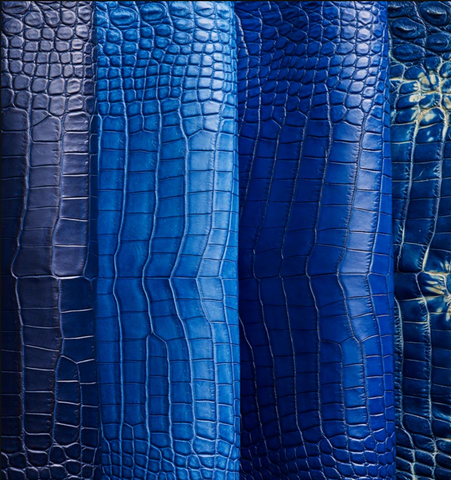
Chrome-free tanning process: Chrome tanning is a good tanning method, but it is not suitable for making leather into light or pastel colors because chromium can give the leather a bluish tint. FOBO researched and developed a chromium-free tanning preparation so that we can produce high-quality chrome-free leather. "Chrome-free tanning" can make the skin translucent, without the natural dark lines of crocodile skin, appearing white. Another method is to use vegetable tanning, which uses plant tannins to process crocodile skin. The base will be lighter in color.
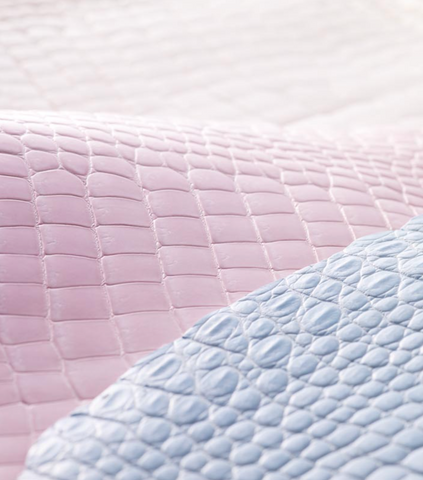
Sanding process: The surface of the crocodile leather is rubbed with emery cloth. It requires a skilled master to operate to avoid damaging the crocodile leather.
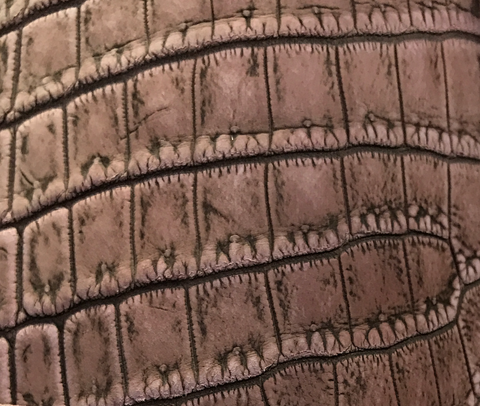
Film sticking process: heat and apply pressure to the film and stick it on the crocodile skin
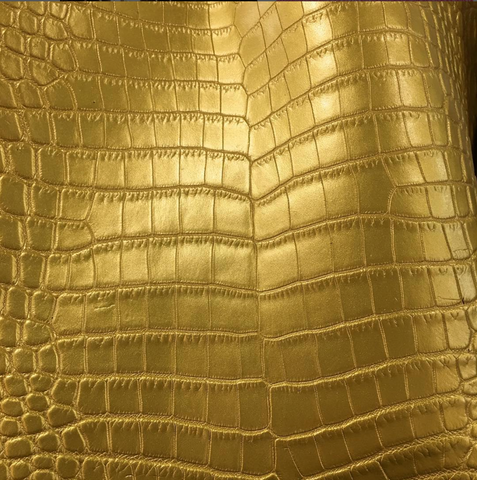
Multiple dyeing process: It is made by spraying or brushing, dyeing, hand painting, scraping and other techniques. First, use the base color as a primer and then use color stacking to create beautiful colors.
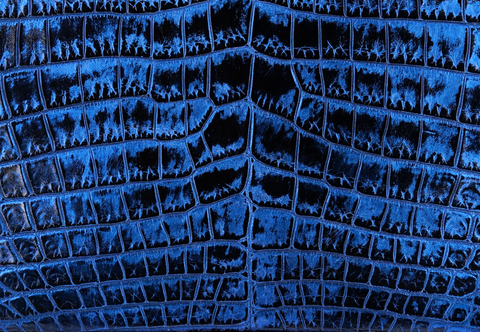
References
Wikipedia https://zh.wikipedia.org/wiki/leather